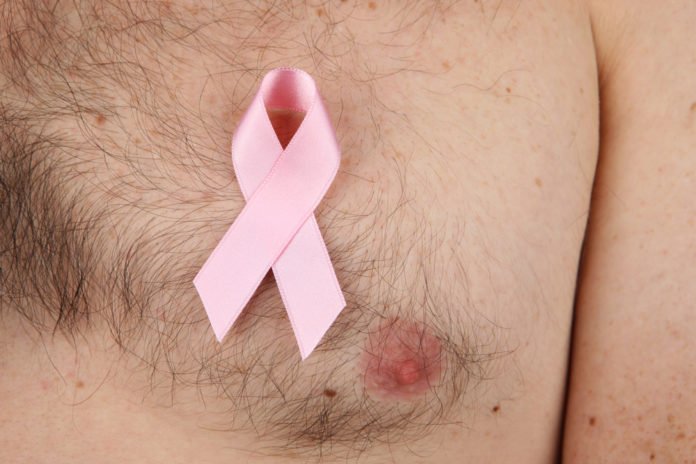
<img class=”alignnone size-full wp-image-95781″ src=”https://www.medaxs.com.au/wp-content/uploads/2015/07/shutterstock_2691662631.jpg” alt=”shutterstock_269166263″ width=”1000″ height=”667″ data-wp-pid=”95781″ />
We all know what the American Cancer Society, the American College of Radiology, and countless other professional societies recommend regarding screening and diagnosing breast cancer in women. But a subject that comes up far less frequently is what to do with men. While it is significantly lower than in women, a man’s risk is not nearly as low as we might think: one in a thousand will get breast cancer in his lifetime.
As with women, everything that increases estrogen in a man puts the breast tissue he was born with at an increased risk of developing malignancy. Chemicals and pollutants, obesity, radiation — all the same reasons breast cancer is an ever-growing concern among our female patients — affect our male populations as well.
However, because the lifetime risk of male breast cancer in the general population is considered low, screening is not universally recommended as it is for women. And, therefore, more men are diagnosed with breast cancer at a late stage. Men (and their doctors) can often ignore the signs that women have been constantly reminded to watch out for — such as a lump, nipple inversion, or skin changes — that may indicate invasive disease. Even if they do notice an abnormality, they tend to be embarrassed or discount it and do not seek medical attention.
The National Comprehensive Cancer Network (NCCN) recommends that men at highest risk for breast cancer (those who have a known BRCA2 mutation, or a strong family history) have a clinical breast exam every six to twelve months, starting at age 35. It is also suggested for them to obtain a mammogram at age 40 and depending on the findings from this baseline exam and the amount of breast tissue present, yearly mammograms may be recommended. Precise protocols, however, have yet to be established.
It is not practical to screen all men at average to moderate risk for breast cancer. Yet clinicians need to remind their male patients that breast cancer is not prejudiced and can occur in anyone. Educate them on the signs to be aware of, especially if they have any of the risk factors that may increase their likelihood of breast malignancy.
For the men who have any of the risk factors for breast cancer, consider performing clinical breast exams during their yearly physical, in addition to the dreaded rectal exam for prostate cancer screening. By being proactive about clinical breast exams, you would be introducing the concept of breast awareness as well as helping to detect the rare cancers at an earlier stage.
Nicole Saphier is a radiologist. She could be reached at her self-titled site, Nicole Saphier. This article originally appeared in the Doctor Blog.
